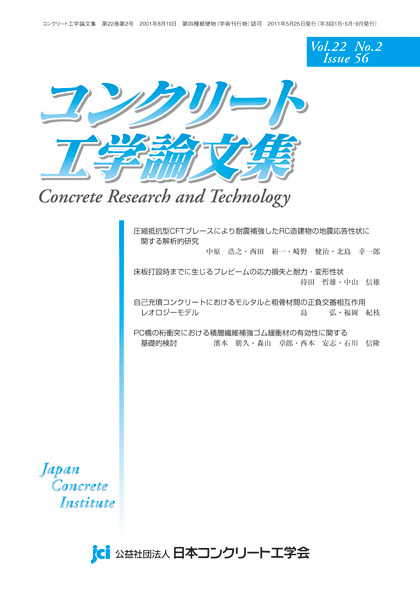Volume 21, Issue 2
Displaying 1-6 of 6 articles from this issue
- |<
- <
- 1
- >
- >|
-
2010 Volume 21 Issue 2 Pages 2_1-2_11
Published: 2010
Released on J-STAGE: December 22, 2011
Download PDF (1297K) -
2010 Volume 21 Issue 2 Pages 2_13-2_23
Published: 2010
Released on J-STAGE: December 22, 2011
Download PDF (2554K) -
2010 Volume 21 Issue 2 Pages 2_25-2_33
Published: 2010
Released on J-STAGE: December 22, 2011
Download PDF (1078K) -
2010 Volume 21 Issue 2 Pages 2_35-2_43
Published: 2010
Released on J-STAGE: December 22, 2011
Download PDF (4437K) -
2010 Volume 21 Issue 2 Pages 2_45-2_56
Published: 2010
Released on J-STAGE: December 22, 2011
Download PDF (924K) -
2010 Volume 21 Issue 2 Pages 2_57-2_67
Published: 2010
Released on J-STAGE: December 22, 2011
Download PDF (916K)
- |<
- <
- 1
- >
- >|
